Green architecture – Clarkson University Student Center
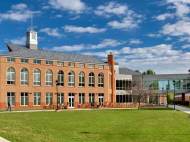 Clarkson University’s new Student Center is a great example how functionality can be combined with sustainable features in order to minimize the impact of the building onto the environment. The goal of its construction is to unite student programs in one building and to link the new center to the other academic buildings on campus. Students were closely involved in planning and design and it recently received LEED Silver certification.
Clarkson University’s new Student Center is a great example how functionality can be combined with sustainable features in order to minimize the impact of the building onto the environment. The goal of its construction is to unite student programs in one building and to link the new center to the other academic buildings on campus. Students were closely involved in planning and design and it recently received LEED Silver certification.
Designed by Perkins + Will and constructed by PC Construction, the glass-bridged, three-story, 5,300 square-meter (57,000-square-foot) student center houses University’s 3,600 students. The center is composed of four primary elements. Three brick and sandstone structures evoke the character of historic Old Main, the University’s first structure built in 1896. Together, they embrace the contemporary triple-height Forum, a dynamic, sunlit gathering space that is the new heart of the campus.
Cascading down from the top floor, the main Forum stair gradually transitions into seating platforms that focus on an 80-screen multimedia wall – a backdrop for performances, lecture and events. Five fireplace lounges on three levels provides intimate gathering space. The facility houses study rooms and lounges, a large food service area, a cafe area with game room, conference and meeting rooms for student groups, a graduate student lounge, an international student lounge, a virtual game room, small grocery store, mail room, music practice rooms, meditation room, and facilities for the student newspaper, radio station, and television station.
Clarkson engineering faculty researcher’s invention which uses recycled glass in a new type of concrete masonry unit is used in the Student Center project in order to minimize its carbon footprint. The overall material of the blocks includes 20 percent recycled industrial glass. Overall, 13 percent of the total building materials content was manufactured using recycled materials, 89 percent of waste was diverted from landfills, and 20 percent of construction materials were regionally sourced. Half of all wood based materials are certified in accordance with the Forest Stewardship Council’s criteria.
All windows in the building are dual pane and thermally insulated, and 75% of the spaces inside the building have abundance of daylight and views to the outdoors to reduce the amount of energy used for lighting. Additional insulation was added on exterior walls as well as the built-up roofing to reduce energy loss.
Reduced exterior lighting power, occupancy sensors, daylight control, and a high efficiency HVAC system are used to lower the overall energy consumption on site. In order to lower the use of the HVAC system, the smoke evacuation system inside the building is used to increase the air flow throughout the building. All paint and finishes are low VOC in order to ensure better indoor air quality.
Location was planned in the center of the hill campus with services within walking distance in order to lower the need for use of vehicles. No new parking was needed for the building, and there is a green open space adjacent to the building that is equal to the size of the building. In order to lower the water consumption, water efficient landscaping and low-flow water closets, urinals, and lavatory faucets were installed.

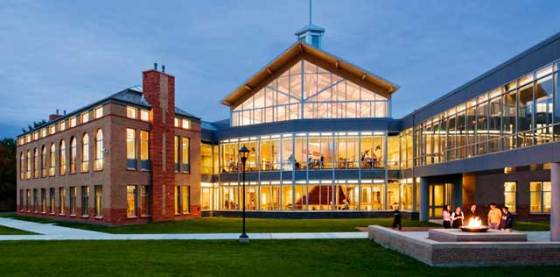
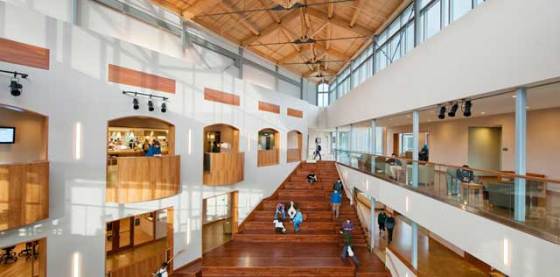
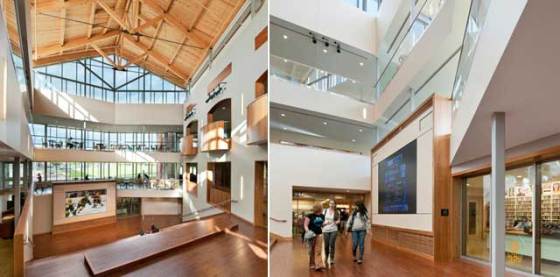
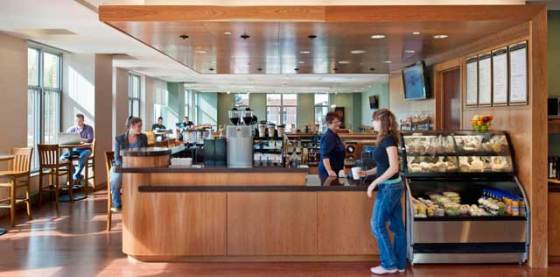








Leave your response!